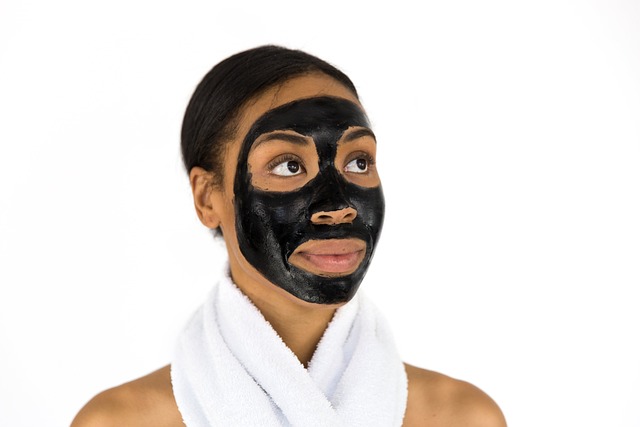Skin tags, benign growths caused by friction, can be removed through Bristol Skin Tag Removal services. Surgical removal is a simple procedure under local anesthesia. Proper post-care, including cleanliness, avoiding touch, and using cold compresses, ensures recovery. Following clinician instructions minimizes discomfort and prevents complications.
Looking to understand and address skin tags? This comprehensive guide explores the surgical removal of these common yet often irritating growths. We break down the causes, types, and various surgical approaches available in Bristol Skin Tag Removal procedures. From pre-operative care to post-removal recovery, learn what to expect throughout the process. Empower yourself with knowledge and take the first step towards a smoother, tag-free skin future.
- Understanding Skin Tags: Causes and Types
- The Surgical Approach: Procedure and Considerations
- Post-Removal Care and Recovery: What to Expect
Understanding Skin Tags: Causes and Types
Skin tags, also known as acrochordons, are small, soft skin growths that typically appear in areas where skin rubs against itself, such as the neck, armpits, and groin. They are usually harmless and often hereditary, but people may opt for Bristol Skin Tag Removal for aesthetic reasons or if they cause discomfort.
There are several types of skin tags, with the most common being acral and dermatal. Acral skin tags occur on the hands and feet and are generally smaller and more numerous. Dermatal tags, on the other hand, are larger and can develop anywhere on the body, often as a result of friction or irritation. Understanding these causes and types is essential when considering Bristol Skin Tag Removal methods to ensure effective and safe treatment.
The Surgical Approach: Procedure and Considerations
The surgical removal of skin tags is a straightforward procedure, often carried out as an outpatient treatment in specialized clinics like those offering Bristol Skin Tag Removal services. The process typically involves local anesthesia to numb the area, ensuring the patient experiences minimal discomfort. A small incision is then made around the skin tag, carefully removing it along with a small portion of surrounding skin to prevent regrowth. This method is highly effective and suitable for most individuals.
Considerations during the surgical approach include choosing an experienced healthcare professional who can perform the procedure with precision. The location and size of the skin tags also play a role in determining the best course of action, as well as patient expectations and any specific concerns they may have. Proper aftercare is essential to manage potential risks and complications, ensuring patients follow the necessary instructions for healing.
Post-Removal Care and Recovery: What to Expect
After the surgical removal of skin tags in Bristol Skin Tag Removal clinics, proper post-care is essential for a smooth recovery. Patients can expect some mild redness and swelling at the site of removal, which typically subsides within a few days. It’s crucial to keep the area clean and dry to prevent infection; gentle washing with a mild soap and water, followed by patting the skin dry, is recommended.
During the healing process, it’s advisable to avoid scratching or touching the treated area. Using a cold compress can help reduce swelling and provide some relief. Over-the-counter pain medications can be taken as needed for any discomfort. Most importantly, patients should follow their clinician’s specific instructions for post-removal care to ensure optimal results and prevent complications.
Skin tags can be unsightly and sometimes uncomfortable, but with surgical removal, a simple procedure in the hands of experienced professionals like those at Bristol Skin Tag Removal, they can be efficiently eliminated. Understanding the causes and types of skin tags is crucial for effective management. The surgical approach offers a precise solution, but it’s essential to consider potential risks and outcomes beforehand. Post-removal care plays a vital role in ensuring a smooth recovery, allowing you to bid farewell to these tiny blemishes once and for all.
